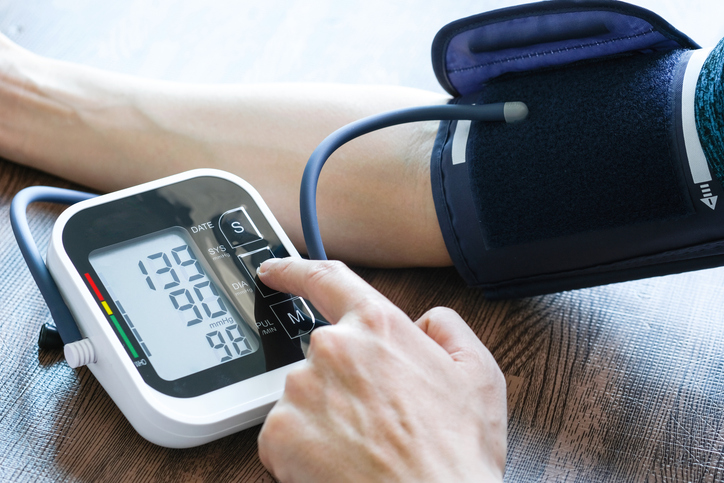
Among patients with chronic kidney disease (CKD), albuminuria is a strong determinant of kidney and cardiovascular risk in those with and without type 2 diabetes. Early albuminuria reduction may be an indicator of decreased risk in those patient populations.
Results of the DAPA-CKD (Dapagliflozin in Patients With Chronic Kidney Disease) trial demonstrated an association between dapagliflozin and a reduction in the risk of kidney and cardiovascular events in patients with CKD; results were similar in those with and without type 2 diabetes.
Dominique van Mil and colleagues conducted an analysis of data from DAPA-CKD to examine the risk associations between baseline and early changes in albuminuria and kidney outcomes in patients with CKD with and without diabetes. Results were reported during a poster session at the American Society of Nephrology Kidney Week 2023 in a poster titled Associations Between Albuminuria and Clinical Outcomes in Patients With CKD With and Without Diabetes: New Insights From DAPA-CKD.
The DAPA-CKD trial included 4304 patients with and without type 2 diabetes with urinary albumin-to-creatinine ratio (UACR) 200 to 5000 mg/g and estimated glomerular filtration rate (eGFR) 25 to 75 mL/min/1.73 m2. Participants were randomized to receive dapagliflozin 10 mg or placebo daily in combination with standard of care, and were followed for a median 2.4 years.
Multivariable adjusted Cox regression analyses were used to identify associations between baseline UACR, and early change in UACR (baseline to month 4), and the primary outcome (≥50% decline in eGFR, end-stage kidney disease, death from a renal or cardiovascular cause).
There was an association between every doubling of baseline UACR and a near doubling of risk: hazard ratio (HR), 1.89; 95% CI, 1.71-2.08 in patients with type 2 diabetes and HR, 1.84; 95% CI, 1.54-2.20 in patients without type 2 diabetes. In participants with diabetes, dapagliflozin reduced UACR (placebo-adjusted) from baseline to month 4 by 35.7% (95%cI, 29.0%-42.5%). In those without diabetes, the reduction was 19.7% (95% CI, 10.6%-38.8%). In both treatment groups, there was a large between-individual variation. The HR for every 50% decline in UACR from baseline to month 4 was 0.86 (95% CI, 0.79-0.93) for participants with diabetes and 0.70 (95% CI, 0.59-0.83) for those without diabetes.
In summary, the authors said, “In patients with CKD with and without type 2 diabetes, higher baseline albuminuria was associated with a higher risk of progressive kidney disease or cardiovascular death, and early albuminuria reduction was associated with a decreased risk. Because dapagliflozin reduced clinical outcomes in patients with and without type 2 diabetes but reduced albuminuria to a larger degree in those with type 2 diabetes, these findings suggest that the clinical benefits gained via dapagliflozin’s albuminuria-reducing effects are more potent among patients with type 2 diabetes.”
Source: van Mil D, Vart P, Schechter M, er al. Associations between albuminuria and clinical outcomes in patients with CKD with and without diabetes: new insights from DAPA-CKD. TH-PO1057. Abstract of a poster presented at the American Society of Nephrology Kidney Week 2023; November 2, 2023; Philadelphia, Pennsylvania. Funding was provided by AstraZeneca plc.







 © 2025 Mashup Media, LLC, a Formedics Property. All Rights Reserved.
© 2025 Mashup Media, LLC, a Formedics Property. All Rights Reserved.